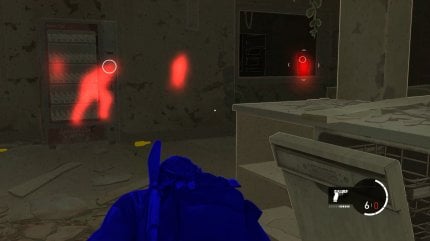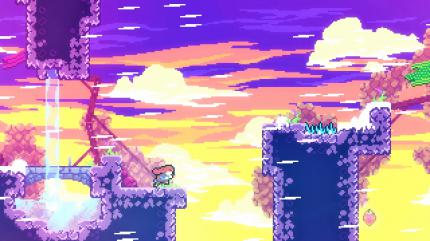The Last of Us Part 1: A Role Model in Accessibility

The Last of Us: a milestone in video game history that you can now experience again in a new guise since September 2nd. Developer Naughty Dog has completely relaunched the action-adventure for the PlayStation 5. The graphics are even slicker, with more detail and overhauled animations. The gameplay is also more up to date thanks to improved enemy AI and tighter hand-to-hand combat. So I don’t need to tell you that Joel and Ellie’s odyssey through the post-apocalypse is still an absolute atmosphere board. Just take a look at our test.
Instead, I want to focus on a different aspect of the game here today. A feature that many people may not notice at first, but for some it represents a groundbreaking innovation compared to the original: improved accessibility.
Over 60 accessibility options
Like The Last of Us Part 2, the Part 1 remake has been given an almost insane number of accessibility options: Vibration feedback warns you of incoming attacks if you can’t hear your opponents. Auto-Aim and Camera Assistant make operation easier. There is now even audio description in cutscenes. Blind players can have what is happening on the screen described visually. An absolute novelty in the field of triple-A games. So even if you have motor or sensory restrictions: Thanks to the extensive assistance, everyone can really enjoy the action-adventure. Naughty Dog has impressively set a new bar here.

The Last of Us Part 1 offers, among other things, a high-contrast mode that distinguishes opponents better from the environment.
Source: Naughty Dog
At the same time, the studio also shows painful deficits. Because as much as The Last of Us stands out as an absolute pioneer, it also underlines how far other games and game developers are still lagging behind the status quo. An overwhelming 66 percent of all handicapped players regularly face minor or major obstacles in pursuing their hobby. This is shown by a representative study by the British Charity organization Scope from the year 2020.
Two out of five gamers say they bought a title that they couldn’t play because of a lack of accessibility options. Quite an indictment for an industry that recently brought in record-breaking annual sales of almost $150 billion.
Need for action in the industry
So I think we should see the success of The Last of Us as a wake-up call, a motivation to invest more in video game accessibility. Sure, I don’t expect every game to have 60 different gameplay aids. It also doesn’t necessarily need eye-tracking à la Far Cry 5 or cutscenes with sign language like in Forza Horizon 5. I’m talking more about “little things” here. It would be enough if we finally had the freedom to adapt the gaming experience to our needs!

In Celeste you have the option to simply skip levels that are too difficult.
Source: PC Games
A first step in the right direction would be, for example, a freely adjustable level of difficulty, anytime and anywhere. Yes, even in games like Dark Souls or Cuphead that “MUST BE HARD!1!11”. Nobody is forcing all the Tryhards to play the assisted mode. Nobody loses anything by making the game more accessible, see Celeste.
The level of difficulty is actually a central element of the game here. It perfectly reflects the story, which with our heroine’s fight against her depression is no easy task, even with the best will in the world. And yet developer Matt Makes Games later decided to add help to the game. You can adjust game speed, turn on immortality mode, and even skip challenging stages entirely. Simply so that everyone is able to experience Celeste in all its glory. Other developers should take this as an example!
Let’s continue on page 2!
next page
Reference-www.pcgames.de